SUMMARY
This is AI generated summarization, which may have errors. For context, always refer to the full article.
![[Newspoint] Between science and country](https://www.rappler.com/tachyon/2021/04/sinovac-WPS.jpg)
Toby Tiangco has finally taken his vaccine — “with a heavy heart.”
He has asthma, which made him particularly vulnerable to COVID-19, and still needed to be cleared by his doctor for vaccination, because vaccines are sensitive to his moment’s condition.
This heavy-heartedness had nothing to do with any of that, but rather with the vaccine itself. It was the Chinese-made Sinovac, and it stirred up in him a struggle between science and country.
As mayor of Navotas, Tiangco, 53, presides over a coastal suburban city of a quarter of a million who have lived off the sea largely. His own family owns a major fishing enterprise, equipped to work the farthest and deepest grounds west. The West Philippine Sea had been a prime national preserve until the Chinese began coming in greater and greater numbers and building demarcating structures and appropriating the sea. In the mid-nineties, with no help from the government coming to stop the Chinese, Tiangco’s family decided to fish elsewhere and went farther out in the Pacific.
“We simply let it go,” Tiangco told me, referring to both the official inaction and his family’s resignation.
In 2012, the government of Benigno Aquino III took China to an arbitral tribunal established under the United Nations Convention on the Law of the Sea. Four years later, on the second week of Rodrigo Duterte’s succeeding presidency, in July 2016, the decision came down affirming the Philippines’ territorial claim on its mineral-rich and strategic western waters. But Duterte decided to let China, which refused to abide by the tribunal’s ruling, have a run of the place, saying he was buying peace. Forthwith China closed the place to non-Chinese fishers — including Filipinos — and explorers and even passing sailors, and began building islands and structures for military use. The work went apace little noticed amid the chaos of the pandemic.
Navotas, the most densely populated of the country’s towns and cities, has been one of the worst stricken. “Entire families here are getting [COVID-19],” Mayor Tiangco said.
At the start of Holy Week, Navotas and the rest of Metro Manila were put inside a lockdown “bubble,” along with the four provinces contiguous with it. Early in the lockdown, 4 of 10 tested in the bubble proved positive, nearly 4% higher than the national rate (21.2%). With tests averaging only 34,000, a mere third of the passable 100,000, the situation has not improved.
Indeed, after all the many lockdowns that came and went, the Philippines has failed to do any better against the pandemic. The latest rankings put it where it’s been locked in more or less from the start — second only to poorest-rated Indonesia in total cases, but leading it in per capita (0.7% and 0.5%). University of the Philippines statisticians are projecting a million cases at the end of the month. It’s more than 900,000 now, and hospitals, in Metro Manila particularly, are already short of space and medical hands.
Even so, the lockdown has been eased, allowing some cross-town movement, especially for people working subsistence jobs, but only because the national government cannot afford further subsidy. The P1,000 it budgeted for each of the 23 million poorest citizens in the bubble for those two weeks of lockdown was the last of it — the barest monthly income a family of five can make do with is put officially at P10,500.
Apart from their paltriness, state subsidies have acquired a bad name. The first and only other subsidy for the pandemic, from P5,000 to P8,000 for each of the nation’s 18 million poorest households, began to be distributed in April 2020. The distribution was attended by such chaos and pilferage that by yearend intended beneficiaries were still complaining not having received their shares.
In any case, having worried much about the psychological effect of the lockdown, Mayor Tiangco is thankful for its relaxation. “By now people should have known the even greater risks they’re taking going outside; hopefully they will be much more careful,” he says. He is also thankful that the vaccine is here, although the rollouts, as in most of Southeast Asia, have been slow and he would have preferred a non-Chinese brand. But again, he understood he was expected, especially at this time, to be an example to his constituency.
So, he took his Sinovac, standing up for the science that applies to the pandemic and is preached by his own doctor — Take what vaccine is available — but only after he had put in a word of protest for country, which, as muted as it was, stood out in the general silence among local executives, who knew whom their vaccines were coming from. Baring “a heavy heart” to television news interviewer Karmina Constantino, Tiangco told her, “It’s all about the West Philippine Sea.” He said no more to her, and neither to me when I rang him about it.
Proclamations of Chinese goodwill surrounding Sinovac, of which the first two Philippine deliveries, about half a million doses each, came free of charge, have, indeed, attracted much suspicion. A most vocal doubter — also a fierce advocate for a reassertion of Philippine sovereignty over the West Philippine Sea — is retired Supreme Court Justice Antonio Carpio. He warns of “strings attached” to the Chinese vaccine.
A survey in March showed 6 in 10 Filipinos uninclined to be vaccinated, not necessarily with just Sinovac, although only Sinovac now remains available, the only brand the government has imported so far, despite its being rated as having one of the lowest efficacy rates (50%), not cheaper than most, and unideal for the particularly vulnerable elderly. In fact, Sinovac had been declared outright unsuitable for them, until the national Food and Drug Administration gave it its emergency approval last month.
A vaccine developed at the University of Oxford, in the United Kingdom, did arrive, but as aid, on a World Health Organization humanitarian program. Also, it came in such a limited amount that by now half may have gone for the initial shots and the other half put in reserve for the complementary second. More of it has been promised, but only, similarly, in complimentary amounts and with no certain dates of arrival.
Hard put admittedly to cope with the ever-raging pandemic and criticized roundly for favoring China, the government is now negotiating for “40 million doses” of the American vaccine from Pfizer, according to the man in charge of battling the pandemic and dealing for vaccines, the former armed forces chief Gen. Carlito Galvez Jr. Pfizer has offices and facilities in Metro Manila.
Newspaper columnist Ceres Doyo said she had lined up for two hours in a Quezon City schoolhouse turned vaccination center for a promised AstraZeneca shot, only to be told on her turn that Sinovac was all that was left. She left unvaccinated. “I refuse to take a vaccine from an enemy,” she told me. “For every Sinovac vial, one square foot of the West Philippine Sea gets grabbed,” she added, quoting from her own column published in the Inquirer Thursday.
The territorial issue has become decidedly bound up with the pandemic after the pandemic failed to distract from more than 200 Chinese Coast Guard and militia craft ominously massed in our Exclusive Economic Zone in the West Philippine Sea. The Philippines filed a series of diplomatic protests demanding their dispersal and, when these went unheeded, sent four warships, presently joined by the American aircraft carrier USS Theodore Roosevelt. In a further show of united force, American and Filipino troops have resumed military exercises under their countries’ Mutual Defense Treaty, which ultimately commits the US to come to the aid of the Philippines once it came under foreign attack.
On Tuesday, the Chinese dispersed, though leaving 10 boats.
Since his pivot to China, and through this latest confrontation, Duterte has said neither a critical word about China nor a friendly one about the United States, the deposed old ally. Now he’s saying he is helpless against China. Well, obviously, not his own foreign secretary, who first called out the Chinese on their trespassing fleet, and was joined by the defense secretary and the armed forces chief, and then by the Americans.
A civic sign-up campaign calling on Duterte to resign was launched in the thick of the confrontation, precisely for his helplessness, though not only against China but also against the pandemic. It collected more than 50,000 signatures in the first three days; it is still snowballing.
I asked Mayor Toby Tiangco what he made of all this, and he replied, “All I can say is, I took Sinovac with a heavy heart.” – Rappler.com
Add a comment
How does this make you feel?
![[Just Saying] The West Philippine Sea must be saved](https://www.rappler.com/tachyon/2021/04/TL-west-ph-sea-must-be-saved-sq.jpg?fit=449%2C449)
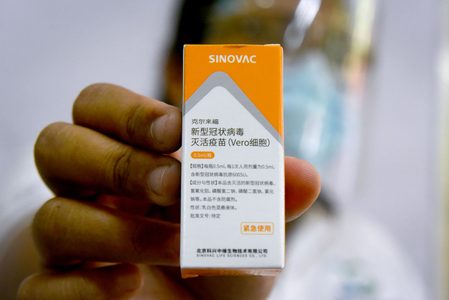
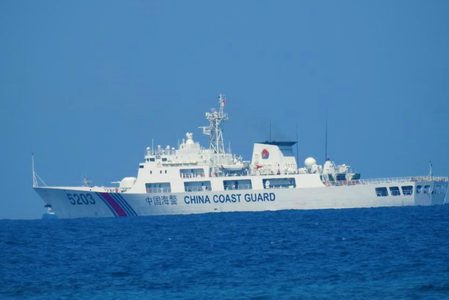
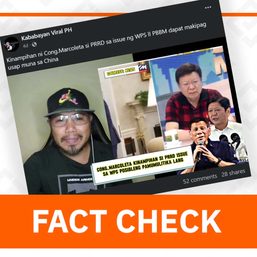
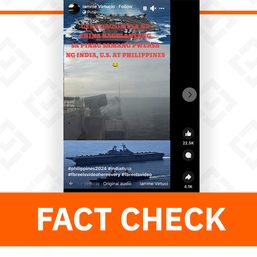
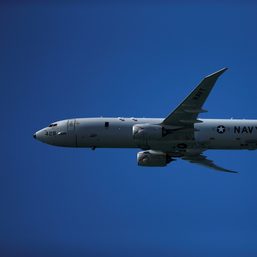

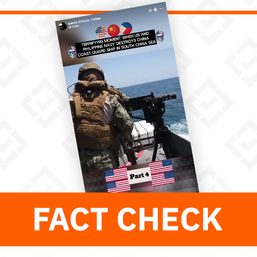


![[Time Trowel] Evolution and the sneakiness of COVID](https://www.rappler.com/tachyon/2024/02/tl-evolution-covid.jpg?resize=257%2C257&crop=455px%2C0px%2C1080px%2C1080px)


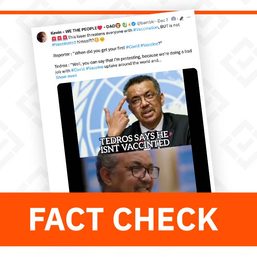
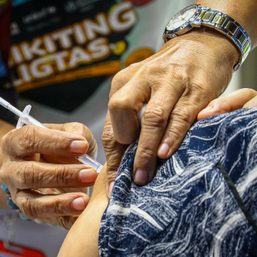
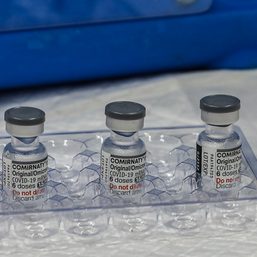
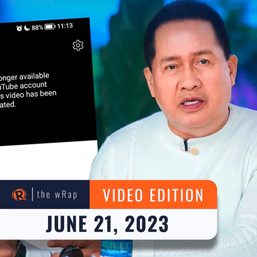
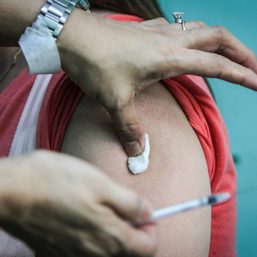
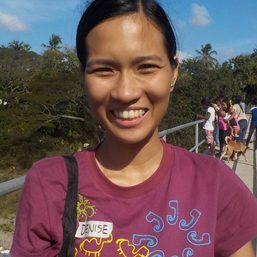
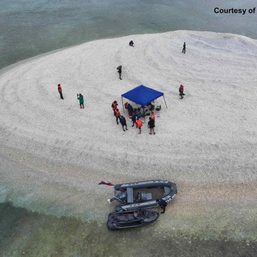
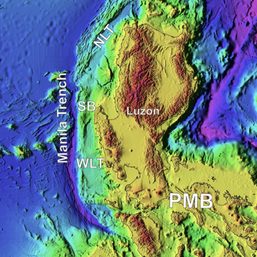
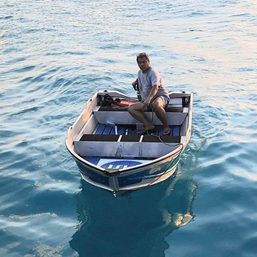
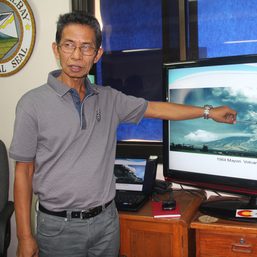
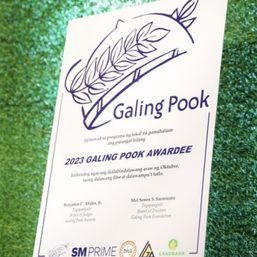
![[Newsstand] The Marcoses’ three-body problem](https://www.rappler.com/tachyon/2024/04/tl-marcoses-3-body-problem.jpg?resize=257%2C257&crop=451px%2C0px%2C1080px%2C1080px)
![[Edgewise] Preface to ‘A Fortunate Country,’ a social idealist novel](https://www.rappler.com/tachyon/2024/02/a-fortunate-country-february-8-2024.jpg?resize=257%2C257&crop_strategy=attention)
![[New School] When barangays lose their purpose](https://www.rappler.com/tachyon/2024/02/new-school-barangay.jpg?resize=257%2C257&crop=414px%2C0px%2C1080px%2C1080px)
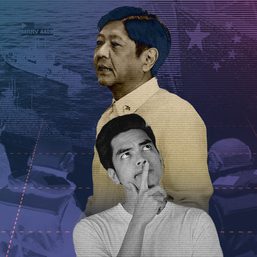
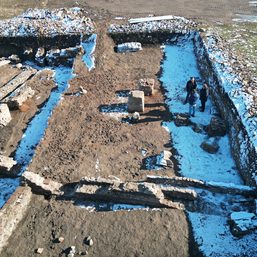
![[Time Trowel] There is more to archaeology than Indiana Jones’ pistol and whip](https://www.rappler.com/tachyon/2023/12/tl-timetrowel.jpg?resize=257%2C257&crop=245px%2C0px%2C720px%2C720px)
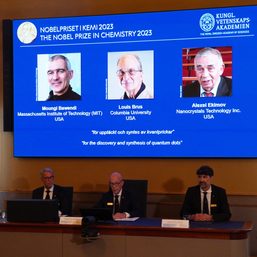
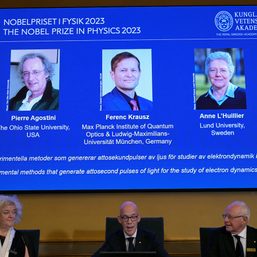
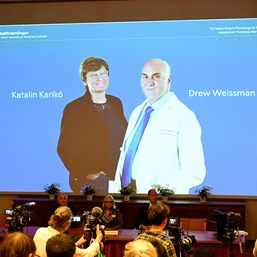

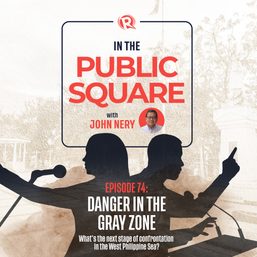
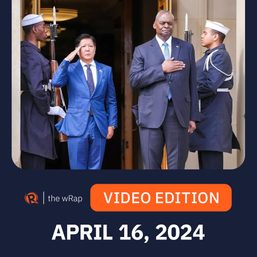
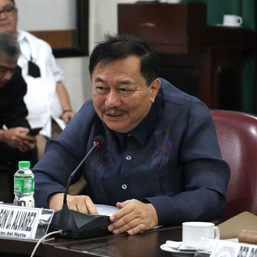
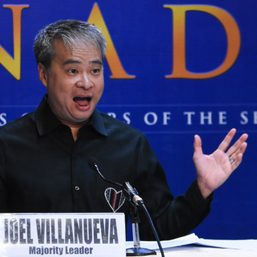
There are no comments yet. Add your comment to start the conversation.